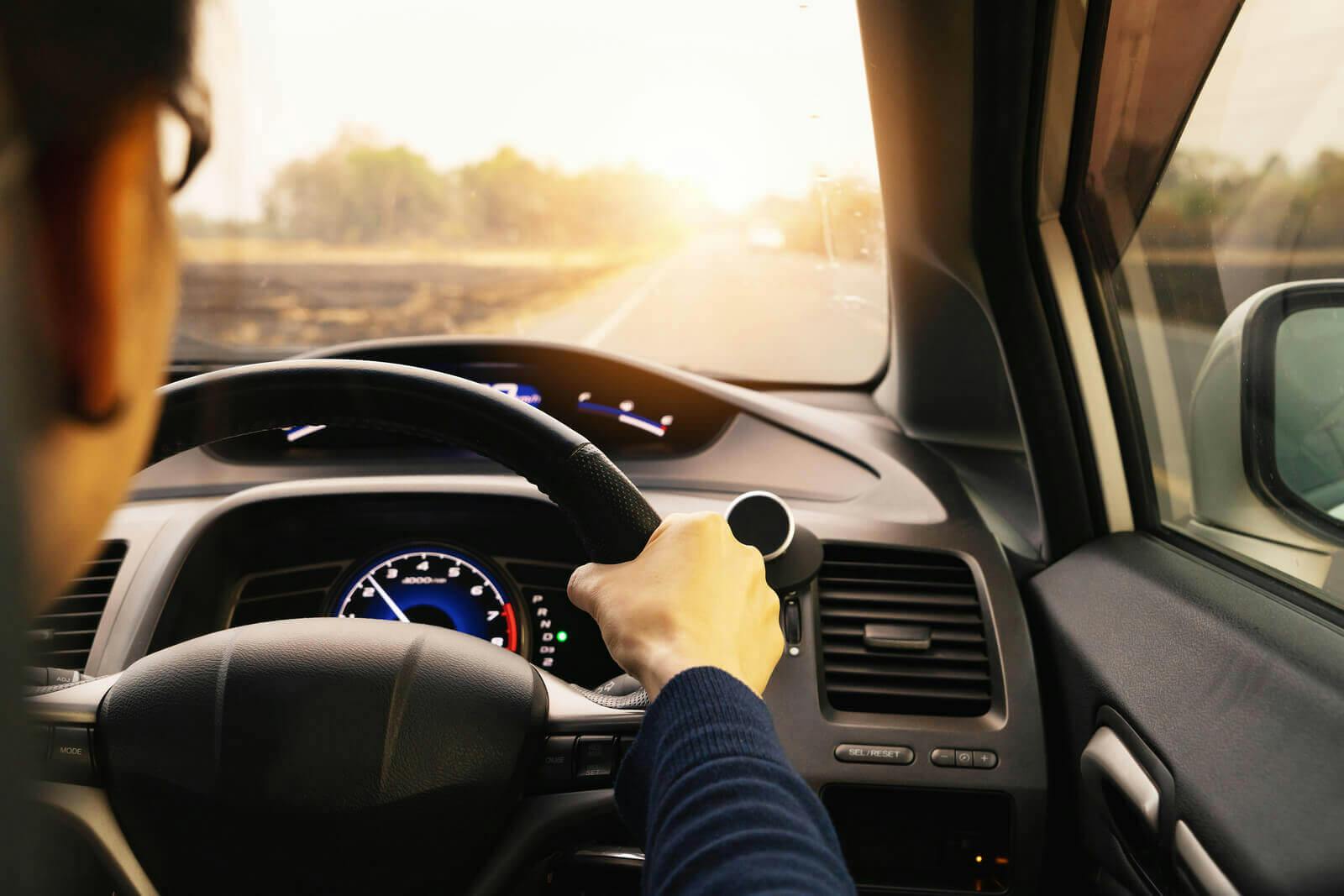Do you still drive like you were taught in your driving lessons? If not, you might not be as safe as you think. That's because we grow more complacent as drivers the more confident we become on the roads.
As bad habits are a killer trap we can all fall into, here are some simple tips to become a safer driver.
Page Contents
- The Wonderful Work of Brake
- Ditch the Distractions
- Respect Cyclists
- Approach Level Crossings Correctly
- Drive Courteously
- Dangerous Habits You Need to Break to Drive Safely
- Obey All Road Signs and Traffic Lights
- Always Obey the Speed Limits
- Take Your Time and Keep Calm
- Increase Awareness in Built-up Areas
- Stay Focused
- Adapt to Different Weather Conditions
- Recap
The Wonderful Work of Brake
Brake has been campaigning to make our streets safer since 1995. They've made amazing progress towards this by educating communities, pushing for national legislation and running Road Safety Week each year.
As citizens, we all have a responsibility to make our streets as safe as possible. Road Safety Week 2019, the UK's flagship road safety event, encourages us to do just that.
The campaign focuses on the need to 'Step up for Safe Streets'. Whether it's through promoting new design-led solutions or simply driving safely every time we go out on the roads, there are many ways we can help make our streets safer.
Here's how you can 'Step up for Safe Streets' too.
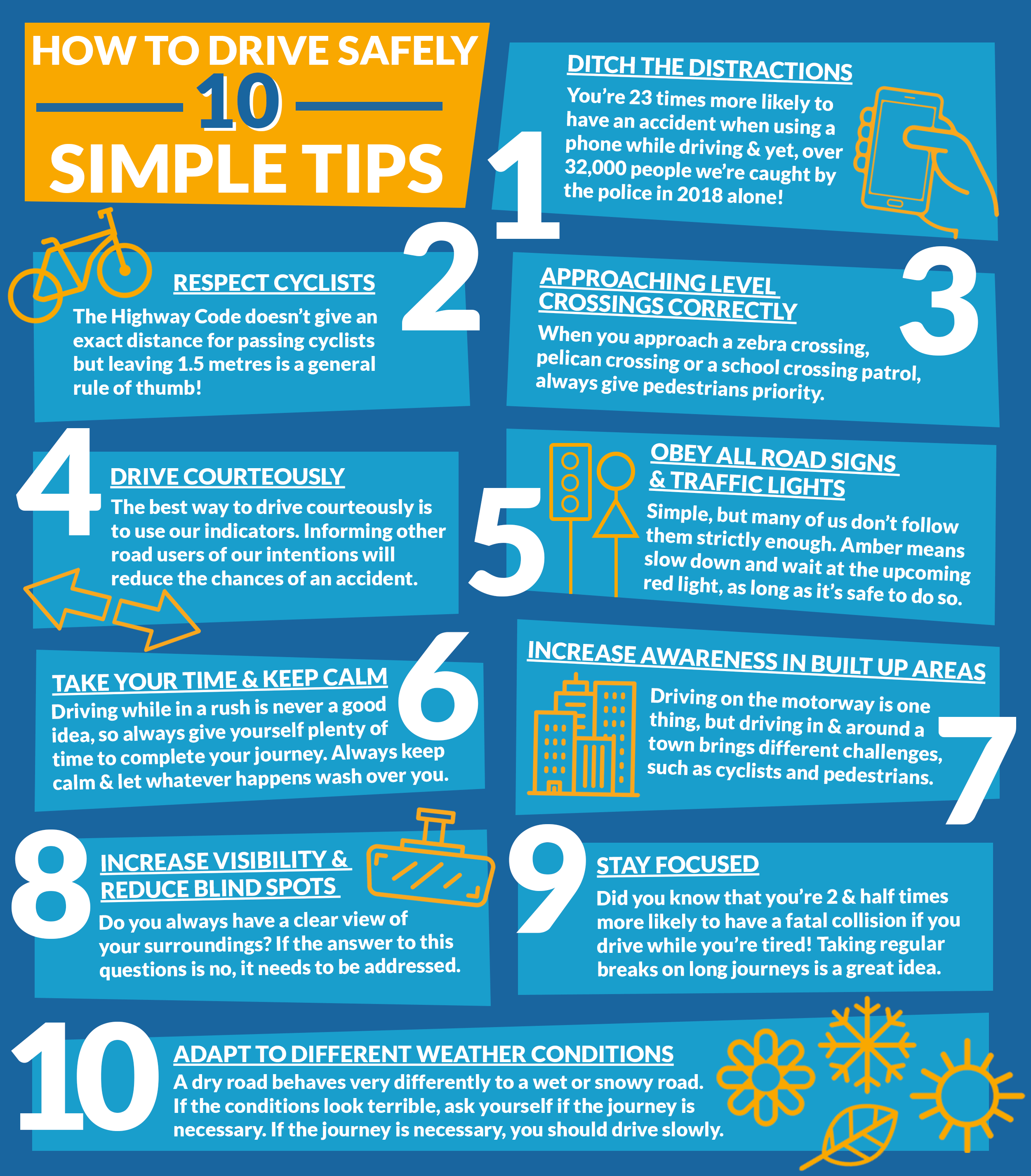
Ditch the Distractions
This one should be easy to follow. We all know not to use our phone while we drive, so why were over 32,000 of us caught by the police in 2018 alone?
If you use your mobile phone while driving, you're 23 times more likely to have an accident. What's more, mobile phones are now the cause of nearly 25% of all car accidents worldwide.
And don't think you can check that text message at the next set of traffic lights either - it's still illegal.
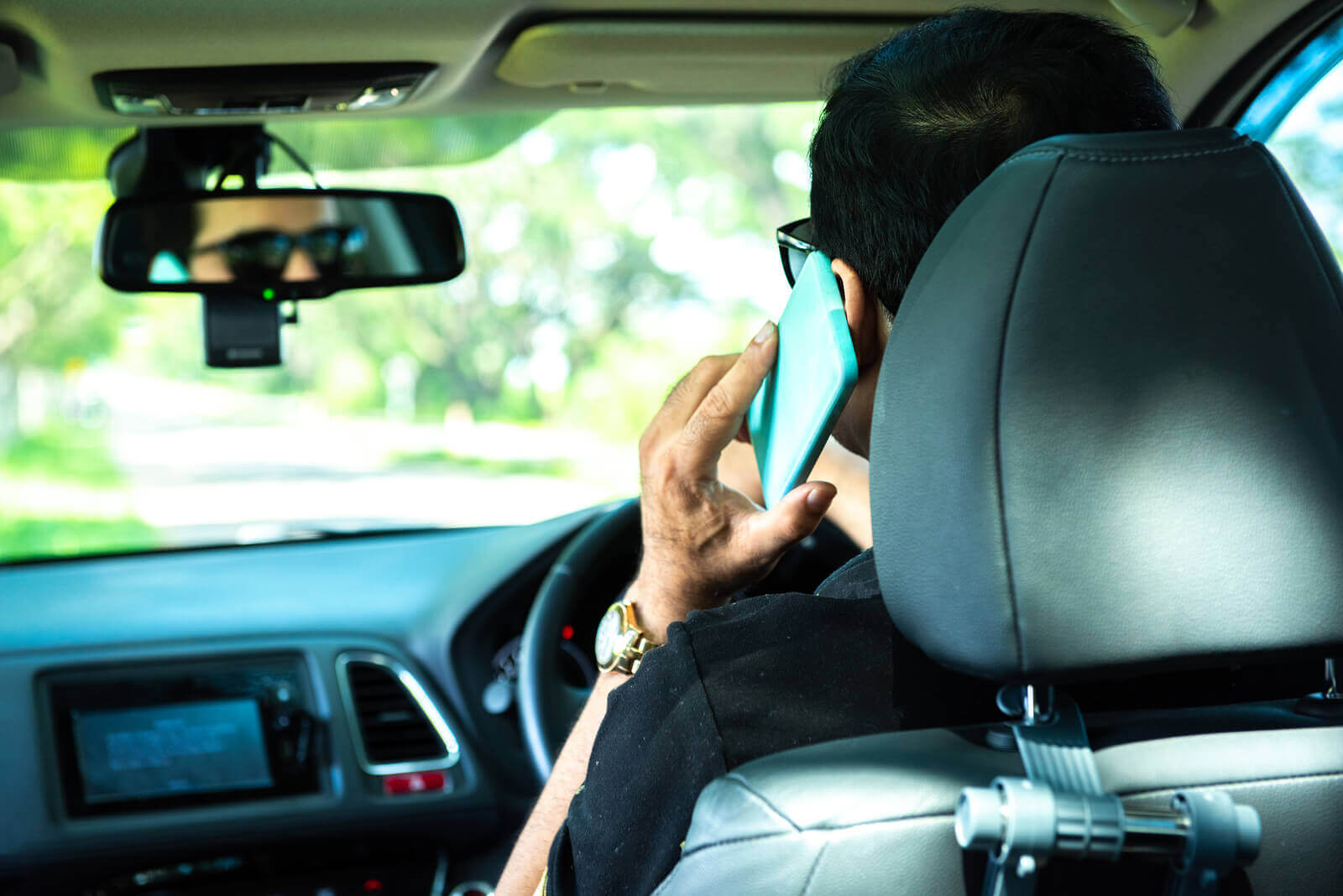
Obviously, your mobile phone is often the biggest distraction, but it's by no means the only one. It's easy to be distracted by everything when you're on the roads. Anything that could cause you to take your eyes off of the road, even for a second, is a big no-no when you're driving - mainly because it's highly illegal.
So, if you want to drive safely, don't eat or drink behind the wheel, fiddle with the radio, listen to music too loudly or allow passengers to distract you.
Keep your eyes on the road and you'll keep yourself and everyone else safe.
Respect Cyclists
We're all being encouraged to cycle more to help combat the global climate crisis, but there are some drivers who don't look after cyclists like they should. As we all share the roads, we need to afford cyclists the same privileges we would other cars.
The Highway Code doesn't give an exact distance for passing cyclists but leaving 1.5 metres is a general rule of thumb. Don't pass them any closer than this as there's a good chance you could knock them off their bike.
Oh, and never overtake if it isn't safe to do so.
If the road narrows, there's a car approaching in the opposite direction or you're coming up to a hill or blind bend, it's probably not the best time to try and pass. Always leave at least a metre to the cyclist in front so they have enough space to manoeuvre safely.
If you've ever ridden a bike, you'll know just how difficult it can be to get up to speed from a standing start. Now just think how much more difficult it is if you've got a car giving you the hurry up.
If you're following a cyclist from a standing start, give them time to pull away before you think about overtaking.

Finally, if a cyclist starts waving their arms around, do you know what they mean? Well, they're trying to give you some idea of their intentions, much like a driver would use an indicator.
Make sure you can recognise some common cycling gestures and, again, always give them the space they need to complete the manoeuvre.
Approach Level Crossings Correctly
This can extend to all forms of crossing, especially those used by pedestrians. When you approach a zebra crossing, pelican crossing or a school crossing patrol, always give pedestrians priority.
Start scanning the pavement from as far back as possible and always be prepared to stop. Don't assume that you'll be able to get through every time and never speed up as you approach.
Drivers don't have the right of way when it comes to pedestrian crossings.
Another easy way to drive safely is to approach level crossings appropriately. If the lights start flashing, slow down and stop before the barriers. Never try and speed across because you don't know how far away the train is.
It could be just about to speed by - and it's not worth risking your life to get to your destination a couple of minutes earlier.
Drive Courteously
If everybody drove with other road users in mind, we'd all be safer and happier. We're about to cover a few of the most irritating bad habits around, as well as a couple which are really dangerous.
The best way to drive courteously is to use our indicators. Informing other road users of our intentions will reduce the chances of an accident - but make sure you indicate correctly.
Don't signal as you're making the turn, but also don't fall into the trap of signalling far too early either. Other drivers could easily become confused by your intentions and struggle to work out where you're going.
Even if there's no one on the roads with you, it's best practice to indicate anyway. That way, regular indicating will become a habit and you'll drive much safer as a result.
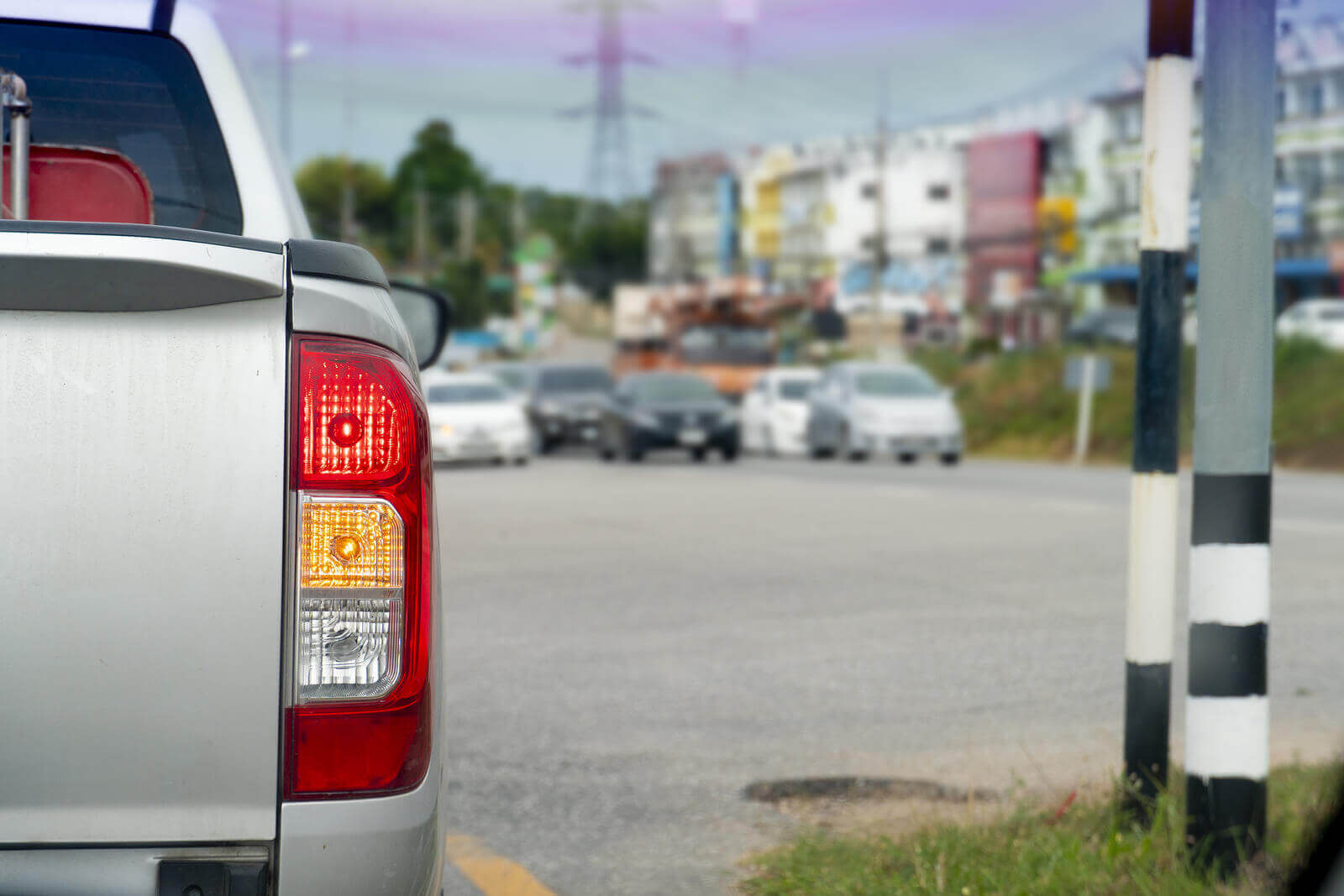
Another bad habit which irks many drivers is when someone hogs the middle lane. Not only is it discourteous, but it also goes against the law of the road.
The Highway Code encourages everyone to drive in the left-hand lane as much as possible, leaving the other two lanes solely for overtaking. Cruising in the middle lane for no reason won't just annoy those driving behind you, it could also land you in hot water with the police.
There's a fine if you're caught, so it's always best to move back across to the left-hand lane.
Dangerous Habits You Need to Break to Drive Safely
Here's another common motorway issue to avoid: tailgating. If you drive as close as you can to the back of the car in front, you endanger both yourself and the driver you're irritating.
If the car in front has to brake sharply, will you be able to react?
You can easily cause an accident by tailgating, so always leave two chevrons, (the arrow-like marks on the road), between you and the car you're following. This means you'll always be able to react in time.
Tailgating becomes even more dangerous if the car in front falls foul of another piece of dangerous driving and is cut up by another driver. How infuriating is it to watch a car zigzag through traffic and squeeze into gaps that seemingly aren't there?
Well, it's not just infuriating, it's also dangerous. You don't know whether the car you're cutting up has seen you or is able to react.
Always follow the two-second rule and, if you can't see the car you're overtaking in your rear view mirror, it isn't safe to move across in front of them.
Obey All Road Signs and Traffic Lights
This might sound simple, but many of us don't follow them strictly enough.
Take an amber light, for example. How many times do we see people speed up to beat it changing to red?
If you stop, you're doing the right thing. Amber means slow down and wait at the upcoming red light, as long as it's safe to do so. What this means is that it's only okay to go through an amber light if there's no way you can bring the car to a stop safely.
And, quite obviously, never jump a red light. You could get blindsided by someone who is obeying the traffic lights correctly and the consequences of that could be disastrous - for both of you. It's always much easier to drive safely if you follow everything to the letter.
On the same lines, road signs need to be followed closely as well.
If you see a 'Stop' sign, you need to come to a complete stop, even if you can see that the road is clear. Always slow down when you approach a sign, especially one that says 'Give Way', because it will give you plenty of time to scan your surroundings and then act accordingly, especially if another car has the right of way.
Always Obey the Speed Limits
Remember, speed limits are there for a reason. They're the absolute maximum you can do on a certain road, not a guide to how fast you should drive. If you don't feel comfortable doing the speed limit, don't be afraid to drive slightly below it. It's a much safer way to drive.
Young drivers are most likely to speed - which makes them most at risk! Speeding is one of the primary reasons for a higher accident rate, with police records showing that exceeding the speed limit is the third most common cause of accidents among young drivers.
Speeding kills, so if you're in doubt about your speed, ask yourself how your parents would react to it. If you think they'd be clinging on for dear life, it's probably best to slow down.
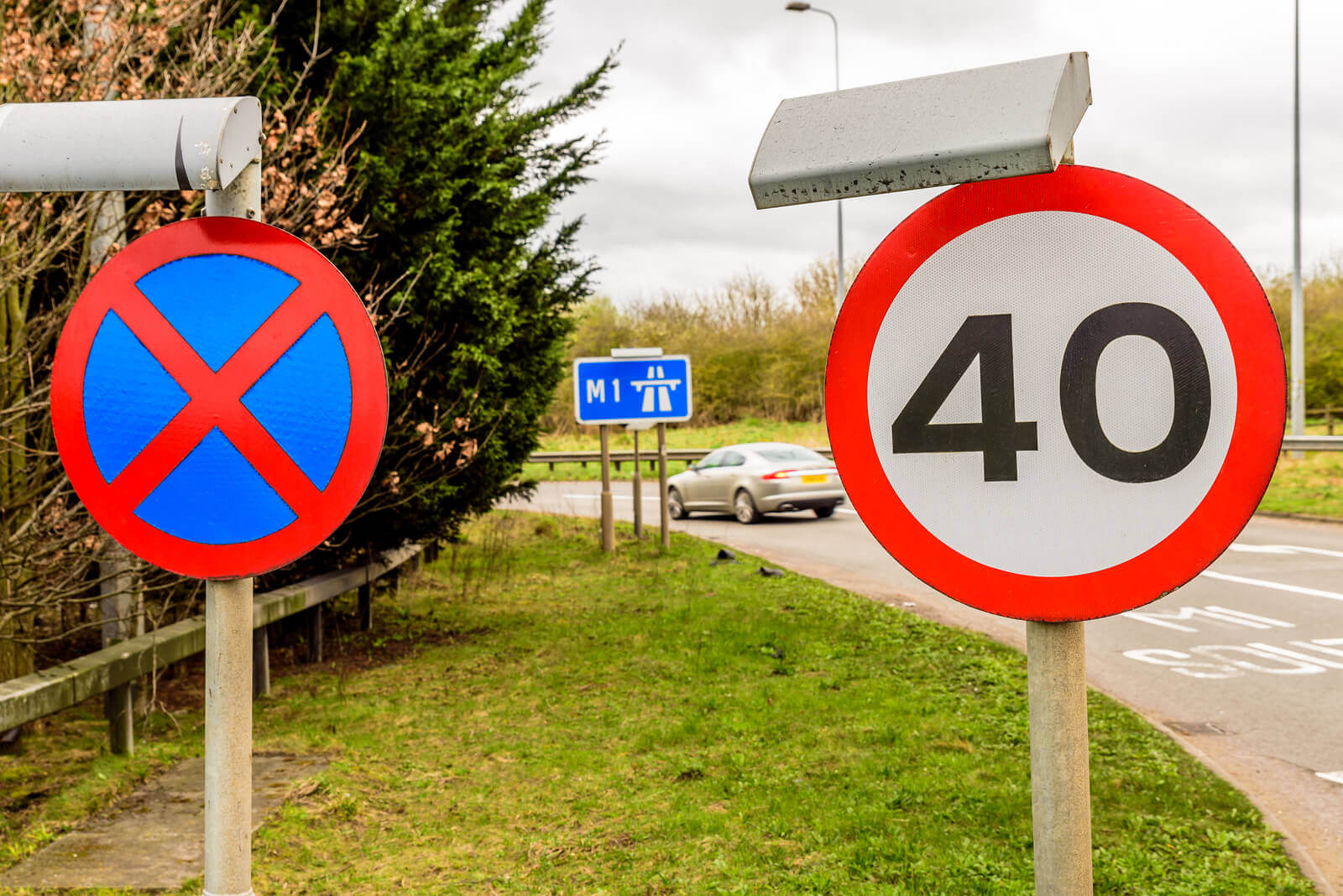
Take Your Time and Keep Calm
If you ever feel like you have to speed, then you've probably not left yourself enough time to get to your destination safely. Driving while in a rush is never a good idea, so always give yourself plenty of time to complete your journey.
It's best to arrive at your destination too early than leave too late and try to make up time on your journey. It never works and your risk of an accident increases when you're in a rush.
Your life is always more important.
If you get wound up easily on the roads, you're more likely to make stupid decisions behind the wheel. Always keep calm and let whatever happens wash over you.
You can only affect what you do, so don't shout, swear or make rude hand gestures at other drivers. You'll only make yourself angrier - and they probably won't be too happy about it either.
If you're driving behind a learner, having patience becomes even more important. Remember that you were in that situation once - how would you have felt if someone behind you flashed their lights and beeped their horn to try and get you to hurry up?
As they won't be very confident anyway, your impatience won't help them. Our job as experienced drivers is to help build their confidence up, not destroy the little they might have.
Give them time and space and always be aware that they may brake suddenly or stall.
Increase Awareness in Built-up Areas
Driving on the motorway is one thing, but driving in and around a town brings different challenges.
For starters, you're more likely to encounter cyclists and pedestrians, some of which might not be paying attention to their surroundings. It pays to be even more vigilant in these areas, especially because children can easily run into the road from behind a parked car.
Even if it's your right of way, be prepared to yield to pedestrians.
Constantly scan your surroundings as well, looking as far down the road as possible. Anticipating what might happen is the first step to drive safely.
Increase Visibility and Reduce Blind Spots
Are your mirrors in the right position? Do you always have a clear view of the way ahead? If the answer to either of those questions is no, it needs to be addressed.
Your visibility can be impaired by something as simple as where you place your air freshener or sat-nav. Make sure you can always see the entire road and try to reduce your blind spots.
These are points where you either have limited vision or you can't see at all. You can't completely eliminate your blind spots, (after all, we're not owls), but you can certainly try and reduce them as much as possible.
Adjust your mirrors so they show more of the road than your door and check them before every manoeuvre or overtake.
Remember 'Mirror, Signal, Manoeuvre'? It's drummed into us as learners for a reason, so always remember to follow it.
Stay Focused

Taking regular breaks is a really good way to ensure that you drive safely, especially on long journeys. Driving tired, or under the influence of drugs or alcohol, reduces your mental processing.
Did you know that you're 3 times more likely to have a fatal collision if you drink drive, 2 and 1/2 times more likely if you drive while you're tired and up to a whopping 30 times more likely if you drive under the influence of drugs?
If you plan on drinking, always nominate a designated sober driver or hire a taxi. If you're taking prescribed medicine with a side effect of drowsiness, don't risk driving.
Adapt to Different Weather Conditions
We've covered this issue in more detail before, but it's worth repeating. You can't drive safely in bad weather if you don't respect it. A dry road behaves very differently to a wet or snowy road.
If the conditions look terrible, ask yourself if the journey is necessary. If the roads are covered with snow, the best way to drive safely is to not drive at all. You could encounter black ice, which is difficult to spot and incredibly dangerous to drive over. If the journey is necessary, you should drive slowly. Use engine braking much more than the brake pedal as it's easy to lose control of your car.
And always remember that you'll take ten times as long to brake in the snow compared to the same speed on a dry road.
Recap
Hopefully, you won't need to make many changes to your driving style to be safer on the roads, but it's always good to get a refresh every now and again. It doesn't matter what you do, so long as you step up and help make our streets safer this Road Safety Week.
Even the smallest contribution can make a difference.
Got your own safe driving tips that we might have missed? Let us know in the comments below!
